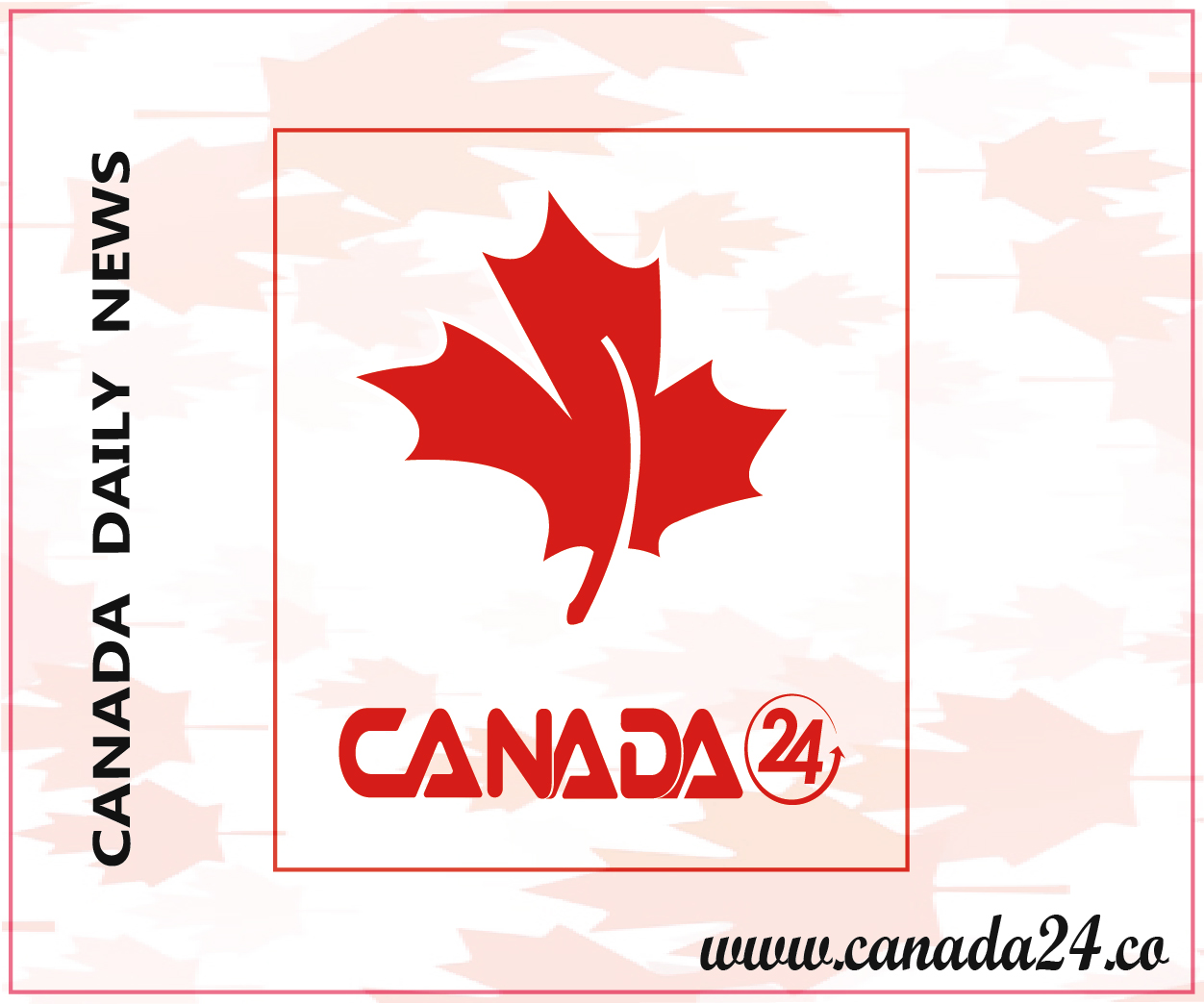A type Ia supernova event called SN 2022abvt was discovered two years ago in the spiral galaxy LEDA 132905.
Thank you for reading this post, don't forget to subscribe!This Hubble image LEDA 132905, a spiral galaxy over 400 million light-years away in the constellation of Sculptor. Image credit: NASA / ESA / Hubble / R.J. Foley, UC Santa Cruz.
LEDA 132905 resides over 400 million light-years away in the constellation of Sculptor.
“The galaxy’s spiral structure is faintly visible, as are patches of bright blue stars,” members of the Hubble team said in a statement.
“The bright white dot directly in the center of the image, between the bright center of the galaxy and its faint left edge, is the SN 2022abvt supernova.”
SN 2022abvt was discovered in 2022 by astronomers with the Asteroid Terrestrial-impact Last Alert System (ATLAS).
The NASA/ESA Hubble Space Telescope observed the stellar explosion about two months later.
“As the name suggests, ATLAS was designed to track down the faint, fast-moving signals from asteroids close to Earth,” the astronomers said.
“In addition to searching out asteroids, ATLAS also keeps tabs on objects that brighten or fade suddenly, like supernovae, variable stars and galactic centers powered by hungry black holes.”
This Hubble image of LEDA 132905 is made up of observations from Hubble’s Wide Field Camera 3 (WFC3) in the infrared part of the spectrum.
Astronomers aimed to study Type Ia supernovae, which occur when the exposed core of a ancient star ignites in a sudden, destructive burst of nuclear fusion.
They are interested in this type of supernova because they can be used to measure precise distances to other galaxies.
“The Universe is a big place, and supernova explosions are fleeting,” the researchers said.
“How is it possible to be in the right place at the right time to catch a supernova when it happens?”
“Today, most supernovae are discovered by robotic telescopes that continuously scan the night sky.”
“But some are still found the old-fashioned way, by careful observers who take repeated images of the sky and search for changes.”


